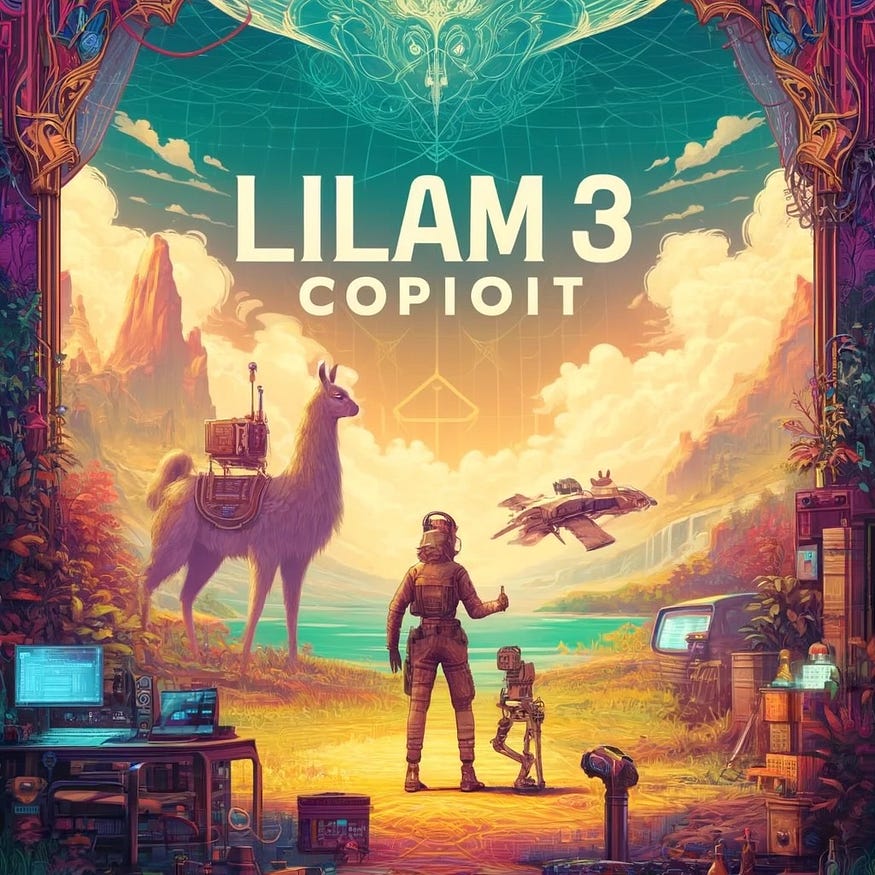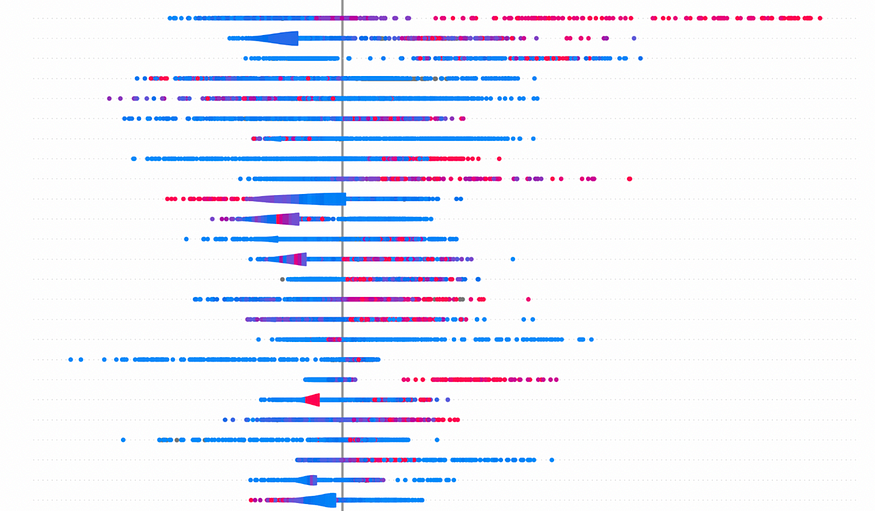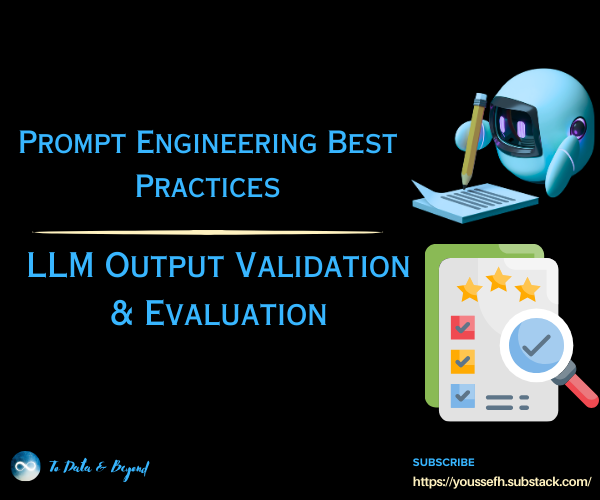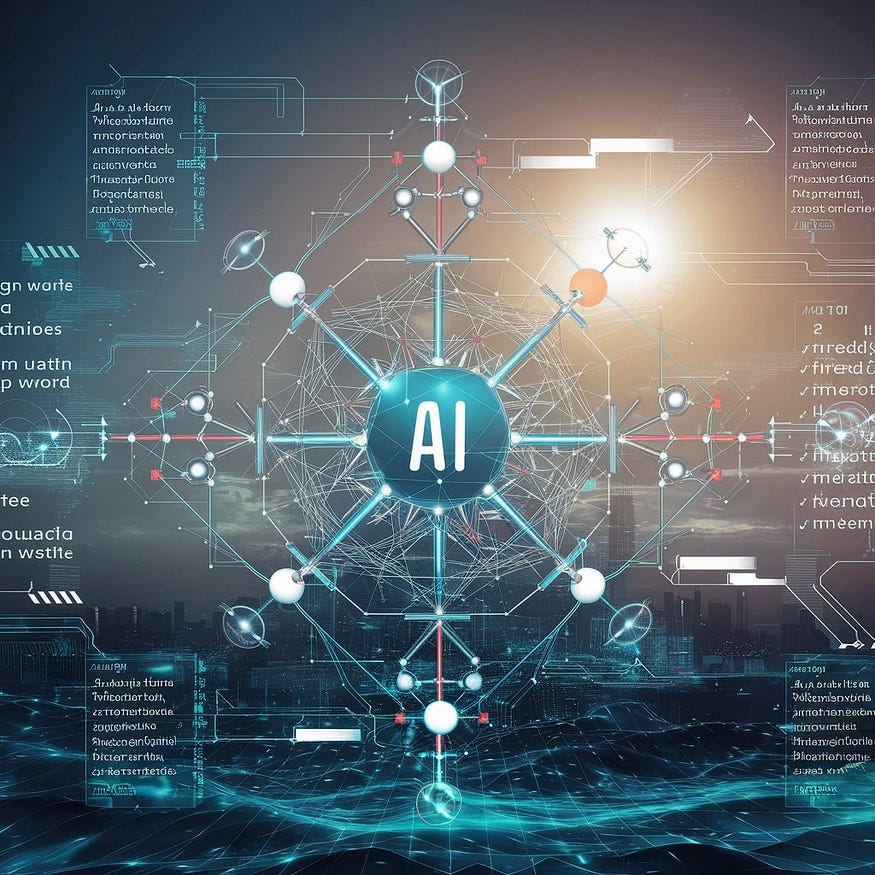Natural Language Processing: Beyond BERT and GPT
Last Updated on November 6, 2023 by Editorial Team
Author(s): Manas Joshi
Originally published on Towards AI.
The world of technology is ever-evolving, and one area that has seen significant advancements is Natural Language Processing (NLP). A few years back, two groundbreaking models, BERT and GPT, emerged as game-changers. They revolutionized how machines understood and interacted with human language, making them more adept at tasks like reading, writing, and even conversing. These models were akin to the introduction of smartphones in the tech world — transformative and setting new standards. However, as is the nature of technology, innovation doesn’t stop. Just as smartphones have seen numerous upgrades and newer models, the domain of NLP is also advancing rapidly. While BERT and GPT laid a strong foundation and opened doors to possibilities, researchers and technologists are now building upon that, pushing boundaries and exploring uncharted territories. This article aims to shed light on these new developments, offering insights into the next generation of NLP models and techniques. As we journey through, we’ll discover the exciting innovations that are set to redefine the future of machine-human language interactions.
1. The Legacy of BERT and GPT
When we talk about BERT and GPT, it’s a bit like discussing the legends of rock ’n’ roll in the tech world. These two models didn’t just appear out of nowhere; they were the culmination of years of research and experimentation in the field of Natural Language Processing (NLP).
BERT, with its fancy name (Bidirectional Encoder Representations from Transformers), changed the game by looking at language in a whole new way. Instead of reading sentences from start to finish like we were taught in school, BERT reads them forwards, backwards, and every which way, ensuring it grasps the context of each word from all angles. It was like giving the computer a superpower to understand the deeper meaning behind our words.
Then there’s GPT, the Generative Pre-trained Transformer. If BERT was the rockstar, GPT was the pop sensation, making headlines for its ability to write essays, poems, and even stories that were eerily human-like. It showcased the sheer power of training a model with heaps of data, making it a master wordsmith.
Together, BERT and GPT set the stage, creating a new era in NLP. They became the gold standard, the benchmarks against which new models were (and still are) measured. Their impact? Immeasurable. They’ve paved the way for a future where computers might just understand us as well as we understand each other.
2. The Rise of Transformer Variants
The success of the transformer architecture, as showcased by BERT and GPT, was akin to discovering a new continent in the world of NLP. And just like any new land, it led to a flurry of explorations and adaptations, each trying to harness its potential in unique ways.
One of the standout explorers was XLNet. While BERT was a master of context, XLNet took it a step further. It used a permutation-based approach, which means it looked at sentences in all possible orders, ensuring a dynamic and comprehensive understanding of context. It was like reading a book in every possible sequence to grasp every nuance.
Then came RoBERTa, which can be thought of as BERT’s smarter sibling. It took the essence of BERT and optimized it. By removing certain tasks like next-sentence prediction and training with more data and longer sequences, RoBERTa achieved even better performance.
Another exciting development was the T5 (Text-to-Text Transfer Transformer). Instead of designing a unique model for each NLP task, T5 simplified things. It treated every task, be it translation, summarization, or question-answering, as a text-to-text problem. This universal approach made it versatile and powerful.
These variants, and many more, are a testament to the transformative potential of the transformer architecture. They represent the ongoing quest to refine, adapt, and innovate, pushing the boundaries of what’s possible in NLP.
3. Efficient Training and Few-shot Learning
As these NLP models grew in complexity and size, a new challenge arose: the immense computational power required to train them. It’s like having a supercar but worrying about the fuel costs. This led to a focus on making these powerful models more efficient.
Enter DistilBERT. Think of it as BERT’s leaner cousin. It was designed to run faster and take up less space, all while retaining most of BERT’s prowess. It achieved this by distilling the knowledge of BERT into a smaller model, proving that size isn’t everything.
ALBERT was another step in this direction. It cleverly reduced the number of parameters by sharing them across layers and factorizing the embedding layer. The result? A model that was as smart as its predecessors but much lighter on its feet.
While efficiency was one side of the coin, the other was the ability to learn from fewer examples. GPT-3 showcased the magic of few-shot learning, where it could perform tasks with minimal guidance. Instead of needing thousands of examples, it could now learn from just a handful. This is a game-changer, as it reduces the dependency on vast labeled datasets, making NLP more accessible and versatile.
Both these avenues — efficient training and few-shot learning — represent the next phase in the evolution of NLP. They address the challenges of today while laying the groundwork for the innovations of tomorrow.
4. Bridging Knowledge Gaps with External Memory
While models like GPT-3 are impressive with their vast internal knowledge, there’s always more to learn. Imagine if these models could instantly access external databases or knowledge graphs while processing information. That’s the idea behind integrating external memory. Models like ERNIE have started to tap into this, pulling structured information from knowledge graphs. This allows for a richer understanding of context and better reasoning capabilities. For instance, while answering a question about a historical event, the model could reference real-time data from a database, ensuring accuracy and depth in its response. This fusion of internal model knowledge with external databases represents a significant leap in NLP capabilities.
5. Ethical Considerations and Debiasing
As AI models become more integrated into our daily lives, their influence on decision-making processes grows. This brings to the forefront the ethical implications of their outputs. Biases in models, often a reflection of biases in training data, can lead to skewed or unfair outcomes. Addressing this is paramount. Researchers are now focusing on making models more transparent and developing techniques to identify and mitigate these biases. Tools are being designed to audit model outputs, ensuring fairness and reducing potential harm. As we rely more on AI, ensuring these models uphold ethical standards becomes not just a technical challenge but a societal one.
6. Multimodal Models: Combining Text with Vision
The future isn’t just about text. Imagine a model that doesn’t just read your question but also observes a picture you provide to give a more informed answer. That’s the magic of multimodal models. Pioneers like CLIP and ViLBERT are leading the charge in this space, merging vision and language understanding. For instance, you could ask, “What’s the emotion of the person in this picture?” and the model, by processing both the text and image, could respond accurately. This combination promises richer interactions, where AI can understand and generate content that spans multiple modes of human expression.
7. The Road Ahead
BERT and GPT were just the beginning. As we venture further into the realm of NLP, the horizon is filled with possibilities. The focus is now on models that are not just smart but also efficient, ethical, and more in tune with human-like understanding. We’re looking at a future where AI doesn’t just understand text but emotions, context, visuals, and perhaps even abstract concepts like humor and sarcasm. The journey ahead is filled with challenges, but each one presents an opportunity to redefine our interaction with machines, making them more intuitive, helpful, and aligned with our needs.
Join thousands of data leaders on the AI newsletter. Join over 80,000 subscribers and keep up to date with the latest developments in AI. From research to projects and ideas. If you are building an AI startup, an AI-related product, or a service, we invite you to consider becoming a sponsor.
Published via Towards AI

 Logo:
Logo:  Areas Served:
Areas Served: 








